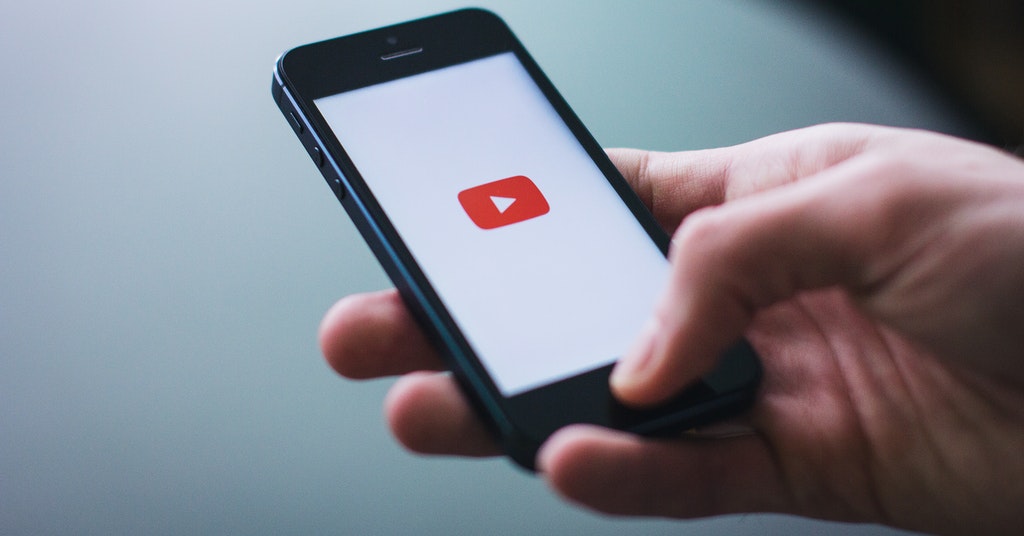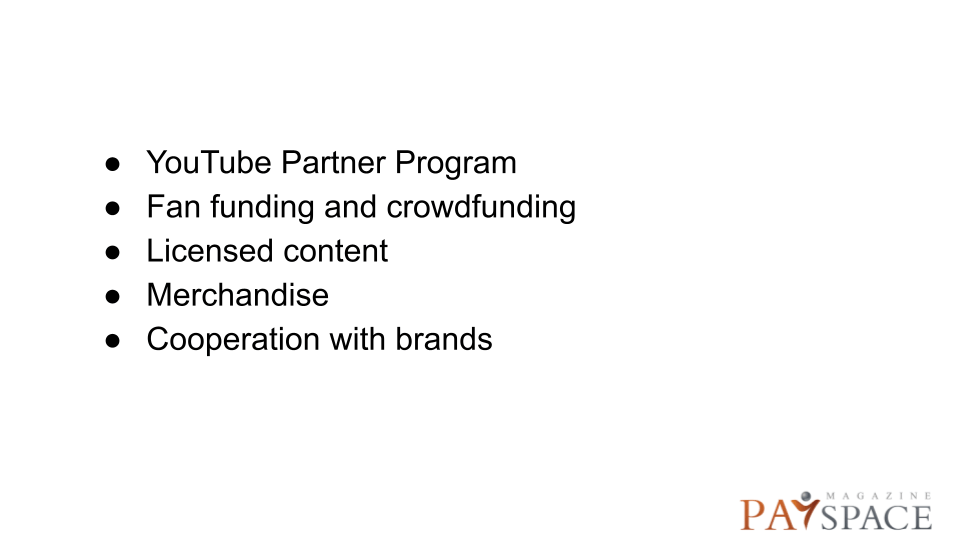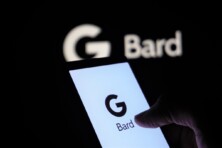Here’s why YouTube is the perfect money-making channel for making money

How to make money on YouTube. Source: pexels.com
YouTube is the second most visited website in the world. Only omniscient Google surpasses the video-streaming giant in the number of daily visitors and page views. Given its outright monetization policies and a vast audience of over 2 billion monthly active users, YouTube is the perfect money-making channel for all vloggers, businesses, and influencers.
How much you can make
In fact, popular YouTubers realize their worth and influence more than ever and charge brands for ad placing accordingly. According to a few surveys conducted in 2019, the average payment per YouTube video post ranges from $315 to $782 depending on the number of followers (500 – 500,000). The most popular video creators with over 7 million subscribers were able to command $300,000 for a video partnership 4 years ago. Today, the sums are larger. These high rising numbers present a major challenge for about 38% of US marketers.
Total revenues of popular video platform stars are astonishing, especially considering that a large portion of them are kids. According to the annual Forbes rating, the top 10 highest-paid YouTubers earned from $15 million to $29.5 million during June 2019 – June 2020. Their revenues in total grew by 30% compared to the same period in 2018-2019. However, you must understand that YouTubers’ earnings are not directly correlated to their number of followers. For instance, Ryan Kaji who’s been on top of the Forbes list for a few years straight has only 41.7 million subscribers, while Anastasia Radzinskaya – the star of the kids’ channel “Like Nastya” – has over 190 million followers in total on her various YouTube channels, but landed in 7th place.
Ways to monetize YouTube
As you may know, there are numerous ways to earn directly on YouTube. In addition, you can use your personal or brand channel as leverage for other commercial activities. The main money-making opportunities are:

YouTube Partner Program
To begin with, you should enable monetization in your YouTube account settings to earn money from your video content. YouTube Partner Program terms require a creator to have more than 1,000 subscribers, over 4,000 valid public watch hours in the last 12 months, and to live in one of the regions where the Program is available. If you’re still under the threshold, you can click “Notify me when I’m eligible” in the Monetisation menu to get an email when you’ve reached 1,000 subscribers and 4,000 watch hours per year. Not all channels will be accepted as partners, though. YouTube regularly reviews eligible channels to make sure they’re meeting all the platform’s policies and guidelines.
YouTube Partner Program presents a few monetization options depending on the channel status:
- Ad revenue – revenue sharing from ads being displayed and overlaid on your content. The average revenue rate is $0.20 per ad view. The important thing is that a viewer must click an ad or watch the ad in full (10, 15, or 30 seconds) for you to get paid. Hence, video view doesn’t necessarily mean the ad view. It’s estimated that creators earn about $3-5 per 1000 video views. You’ll also need an AdSense account to receive such payments. The content you upload must be advertiser-friendly meaning no violence, hate speech, offensive language, or adult content.
- Channel membership allows viewers to join your channel through monthly payments and get members-only perks like badges, emojis, and other virtual goods. Channels made for kids or videos which use music claimed by copyright holders are not eligible for this monetization option.
- Merch shelf gives your fans a chance to buy unique branded merchandise created or inspired by you. You should have at least 10,000 subscribers to make that happen. There’s a list of supported merch retailers and platforms you can cooperate with. They will be responsible for all aspects of merch sales including merchandising, warehousing, order fulfillment, refunds, customer service, inventory management, and creator or artist payment.
- Super Chat & Super Stickers. The first additional-value feature highlights fan messages in chat streams and pins them to the top of the stream to give more visibility, whereas Super Stickers animate the chat discussions with bright emoji characters. The stickers come in a few packs available in English, French, Japanese, Korean, and Portuguese. Five of them are animated and include unique bios. Their price ranges from $0.99 to $50. “Super Fans” making Super Chat payments can pay any amount from $1 to $500. YouTube takes about 30% of every Super Chat payment, the rest goes to the creator.
- YouTube Premium revenue – you receive about half of a YouTube Premium subscriber’s subscription fee when they watch your content.
Fan funding and crowdfunding
You can use YouTube to explain and share visuals on your project that needs extra funding. Then you will provide a link to a crowdfunding platform like Kickstarter or Indiegogo so that the people interested can support your project with a donation. YouTube creators have used project-based crowdfunding to raise money for charity, experiment with long-form movies, create music videos, and even publish books.
Fan funding platforms like Patreon offer creators another place for people to discover their content. It can help engage the most loyal audience and reward them for their support. The examples of rewards fans may get for supporting an influencer are access to dedicated exclusive video content, sneak peeks behind the scenes, live chats and hangouts, early access to new episodes, gift merchandise, and so on.
Licensed content
YouTube videos come either with the YouTube standard license or the Creative Commons license. When users upload a video under a “standard YouTube License”, they grant the broadcasting rights to YouTube. This means the content can only be watched on YouTube but must not be reproduced or distributed in any other form without your consent.
The Creative Commons copyright license permits the copying, distribution, editing, recompiling, or alteration of the original work while giving the credit to the copyright holder.
If you create a viral video and choose standard license policies, mass media and other creators might reach out about the rights to use your videos. Then you can charge a fee for sharing your content with media outlets.
Merchandise
Many YouTubers use print-on-demand services to create their merchandise. It provides an opportunity for YouTubers to design their own merchandise and get it shipped with little effort and at a low cost. T-shirts, bags, mugs, socks, pants, caps, hoodies, toys, and all other items with a brand YouTube channel logo sell like hot cakes.
Cooperation with brands
Negotiating a deal with the brand is possible once you’ve gained enough influence within the YouTube community. Your other social media accounts matter as well. Brands can leverage the audience of the creator not only on YouTube but also on different social platforms since the content is usually shared across all channels.
There are different ways a brand can integrate its product in a YouTube video. The payment to a video creator depends on the embedding type as well as the size of the target audience. In 2020, influencer marketing costs have increased to a range of $1,000 to $1 million per post. However, it’s still profitable for the brands who earn an average of $6.85 in media value for every $1 they spend on paid media.
The brand products can be promoted in a video in a few ways: direct mentions of the sponsoring company, product review or unpacking, use of the product in some routine actions with its name distinctly shown, wearing brand clothing or accessories.
In order to cooperate with brands, you should create proposals and reach out to those companies that may resonate with your target audience. Don’t be discouraged if your follower count is quite small. Perhaps, they all share specific marginal interests which may be great for niche brands. You just need to do thorough brand research and find a perfect fit. Besides, half of the marketers prefer working with micro-influencers, because they are more cost-effective than top-tier creators, and have a more intimate trustworthy connection with their audience.
Truly, a virtual relationship with your viewers is very meaningful. You should be honest with the subscribers in your product reviews and brand integrations. It’s better to actually like the product and brand you’re going to promote since your subscribers will be very disappointed if you advertise something of bad quality.
SEE ALSO:









